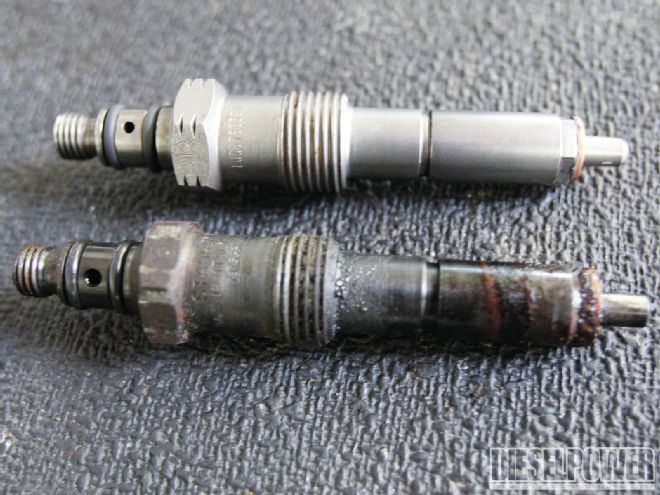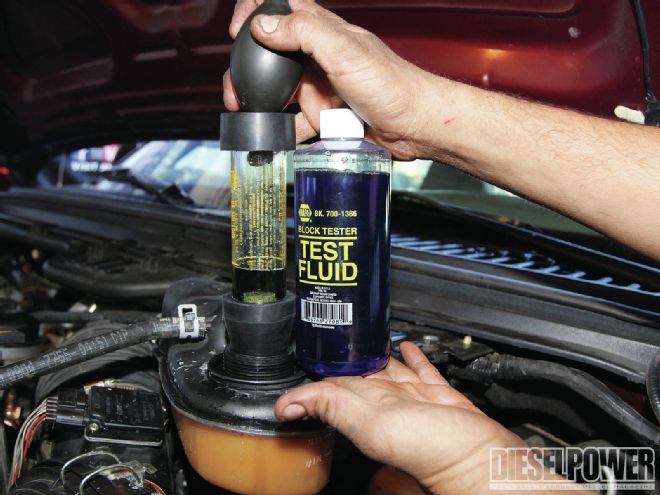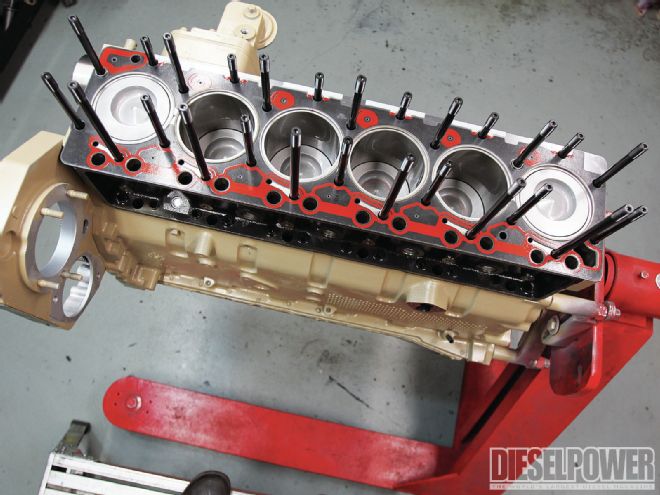Diesel enthusiasts invest in strong bolts (or even studs) to clamp our engines’ cylinder head(s) to the block, but it’s our engines’ head gaskets that actually seal these two critical surfaces together. Due to the heat and pressure that exist in a diesel engine’s cylinders, there’s really no way to physically stop the head and the block from moving in relation to each other—so a head gasket is used to create a flexible surface between the two parts.

| why Head Gaskets Fail engine With Bad Head Gasket
The Hardest Working Gasket In An Engine
Combustion temperatures and torque-producing cylinder pressures are always at work trying to force the cylinder head and block connection apart. If the temperatures or pressure spikes in the engine are too much for the head gasket to contain, the head-to-block connection will fail. Engine-killing coolant then flows into the combustion chamber, power-producing cylinder pressure is lost, and combustion gases can leak into the coolant system.
Signs of a Bad Head Gasket
Since fixing a head gasket failure at a repair shop can cost between $3,000 and $8,000, it’s important to have the right diagnosis before performing the operation. A pressurized coolant hose is a sign the head gasket possibly quit sealing. An overflowing coolant reservoir is also a bad omen. Sometimes these problems are caused by leaking injector cups (if equipped), EGR-cooler failures, or a bad radiator cap, and are not a head gasket problem. Still, it’s important to address the problem, because the longer you drive your vehicle with a bad head gasket, the more severe the engine damage becomes.
10 Head Gasket Facts From the Federal Mogul
1. Cylinder head gaskets form a critical seal on the engine—it’s between the cylinder head and engine block deck.
2. The head gasket must seal pressures up to 2,700 psi and temperatures greater than 2,000 degrees in turbocharged diesel engines.
3. The head gasket must also seal the pressurized coolant and oil flowing through it.
4. Holes in the head gasket meter coolant flow.
5. Head gaskets must resist forces that scuff the engine block’s deck and cylinder head surfaces. Engine vibrations, cylinder-head shifting, and cylinder-head flexing (which results from combustion pressures) are all common causes of these scuffs. If these critical surfaces get scuffed, leaks can occur and engine parts can be ruined.
6. Since aluminum cylinder heads expand about twice as much as cast-iron engine blocks, the gaskets must resist the shearing forces associated with the uneven expansion rates.
7. Head gaskets must resist the crush from the 200,000-psi clamping force distributed across the head and deck by the head studs or bolts.
8. Modern head gaskets have a solid or clinched steel core. The two most common head-gasket facing materials are expanded graphite and reinforced rubber. Teflon or silicone-based coatings (which have anti-friction properties) are used in high-stress engine applications in which the gaskets need extra compliance due to the enormous shearing forces.
9. Before installing the head gasket, it’s important the sealing surface is not too smooth or too rough. A microfinish of 60 to 100 RA is recommended for cast-iron, while a finish of 50 to 60 RA is used with aluminum. Some new multi-layer-steel (MLS) gaskets require a very smooth, 30 RA microfinish.
10. Never reuse a head gasket.


